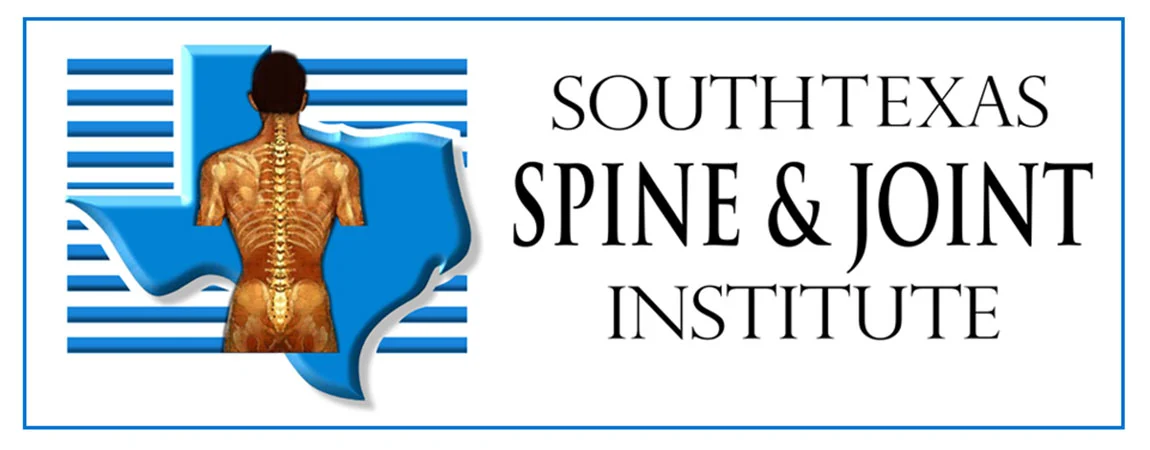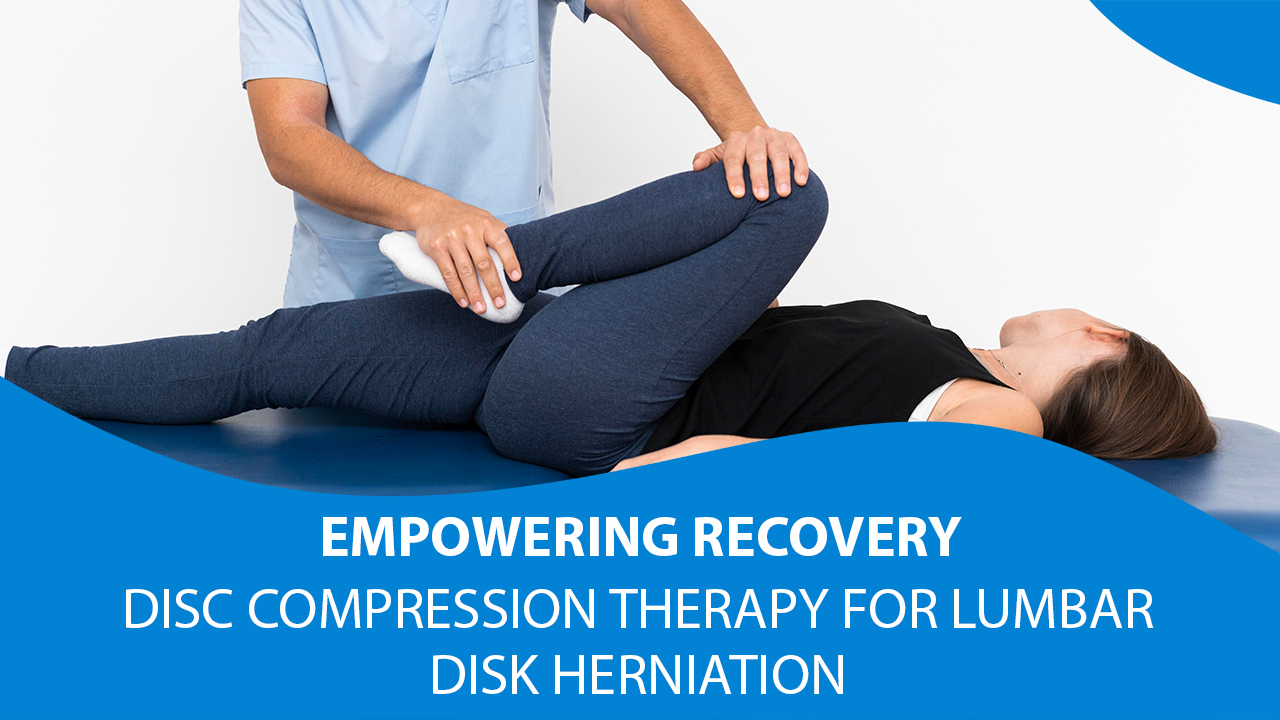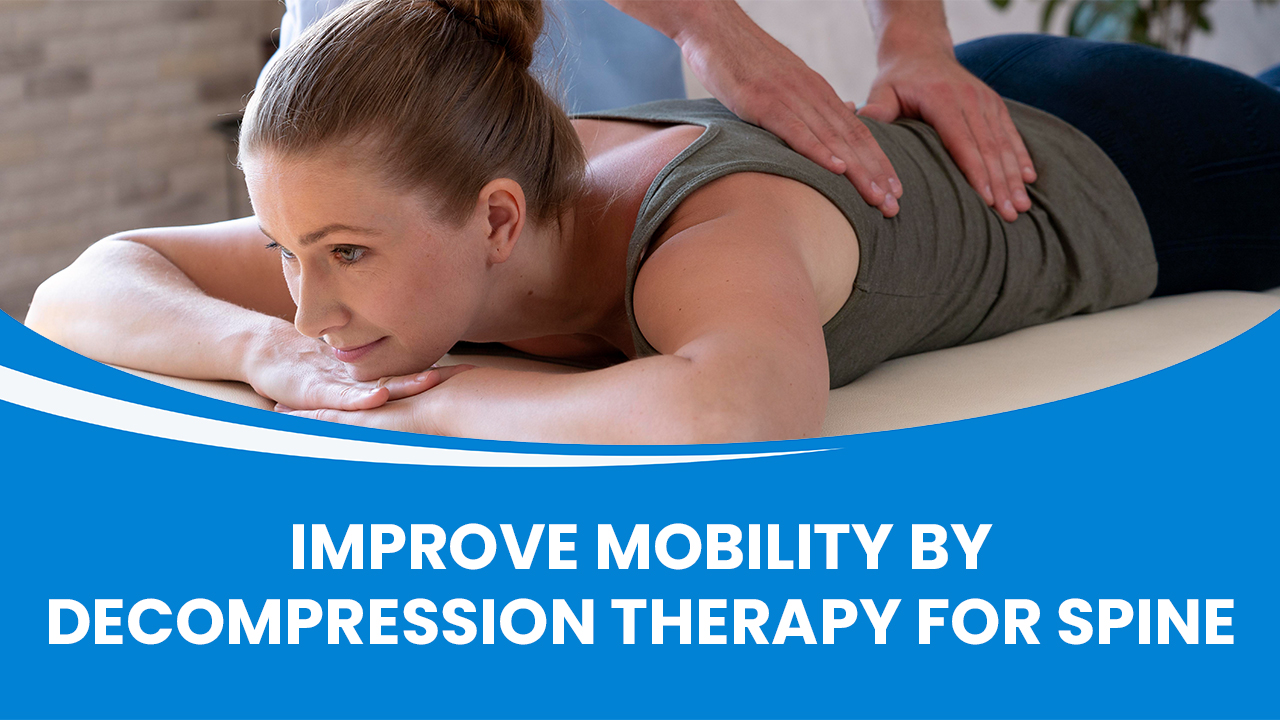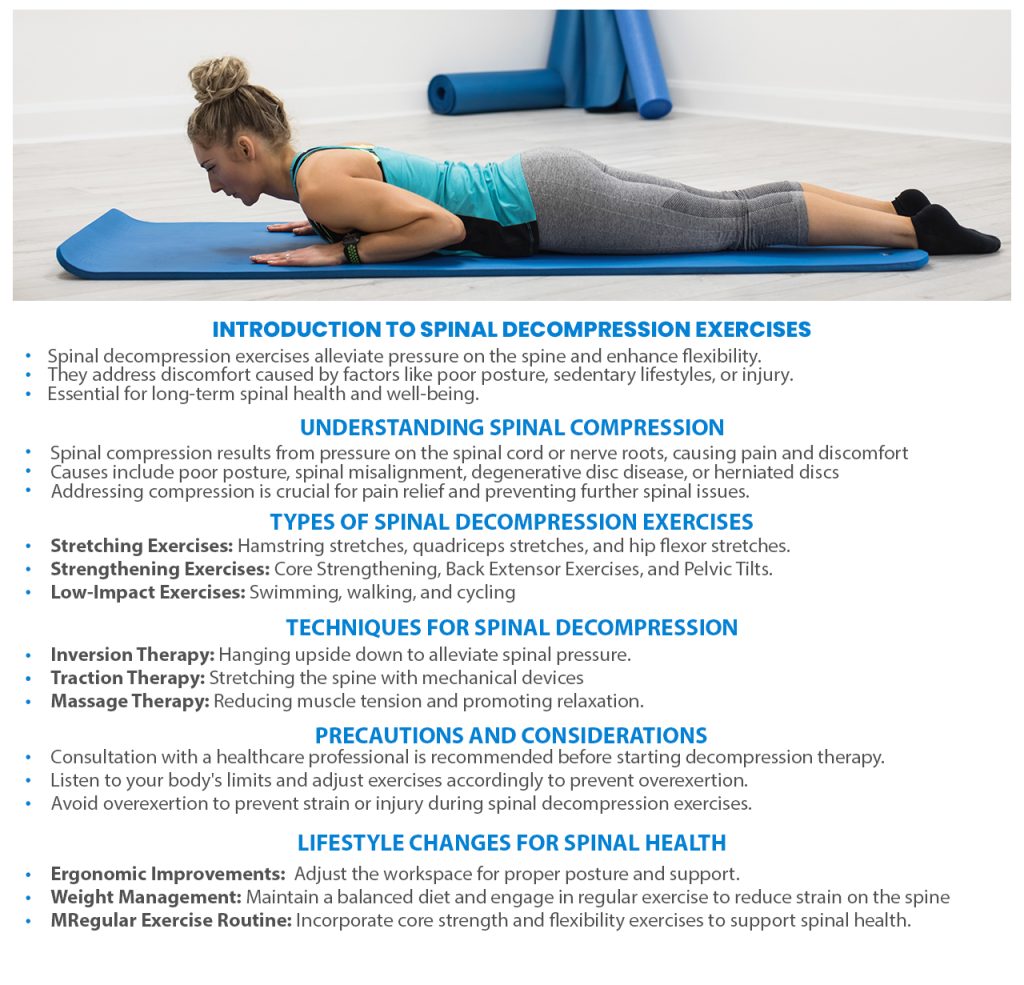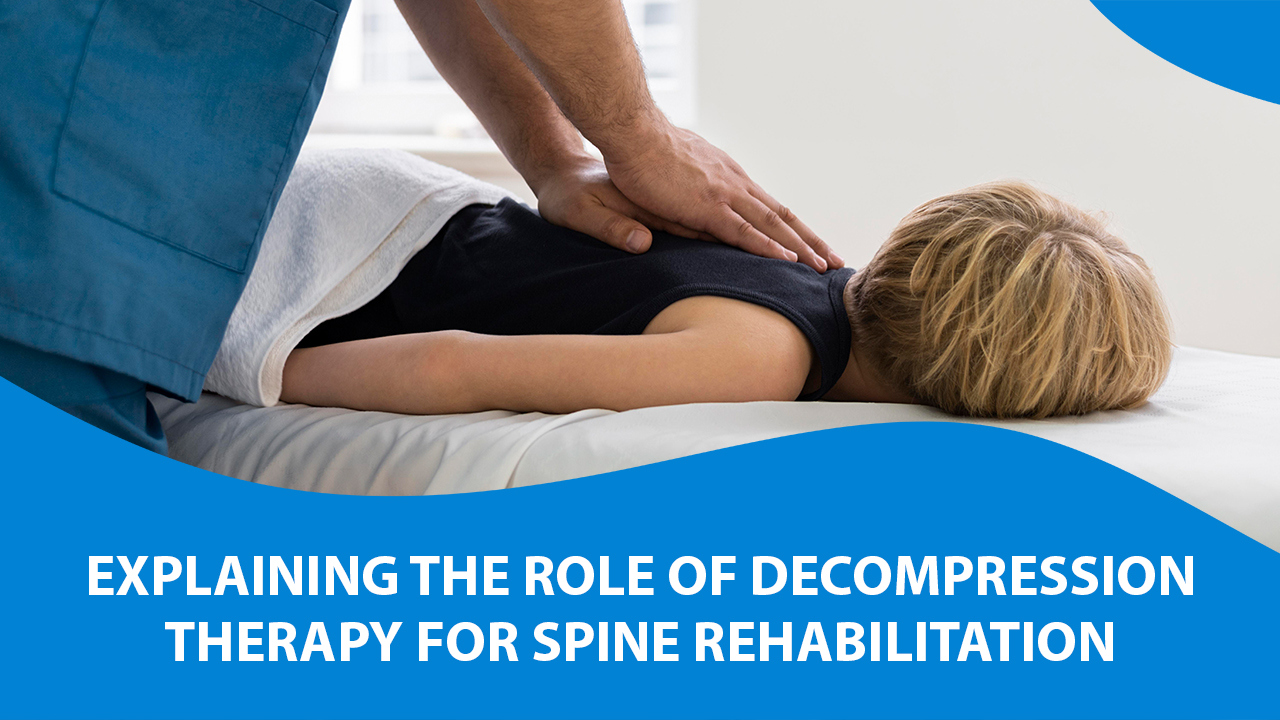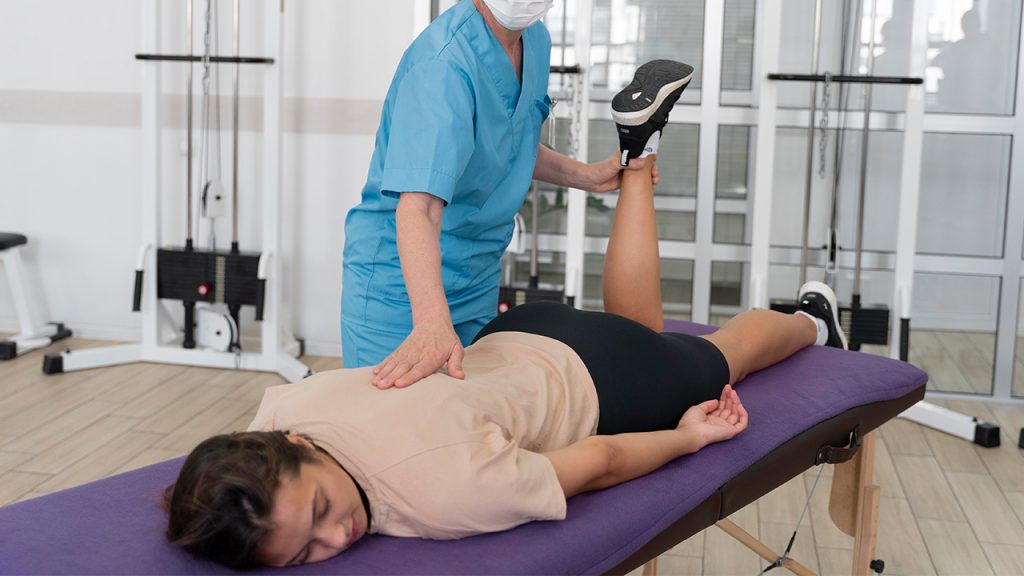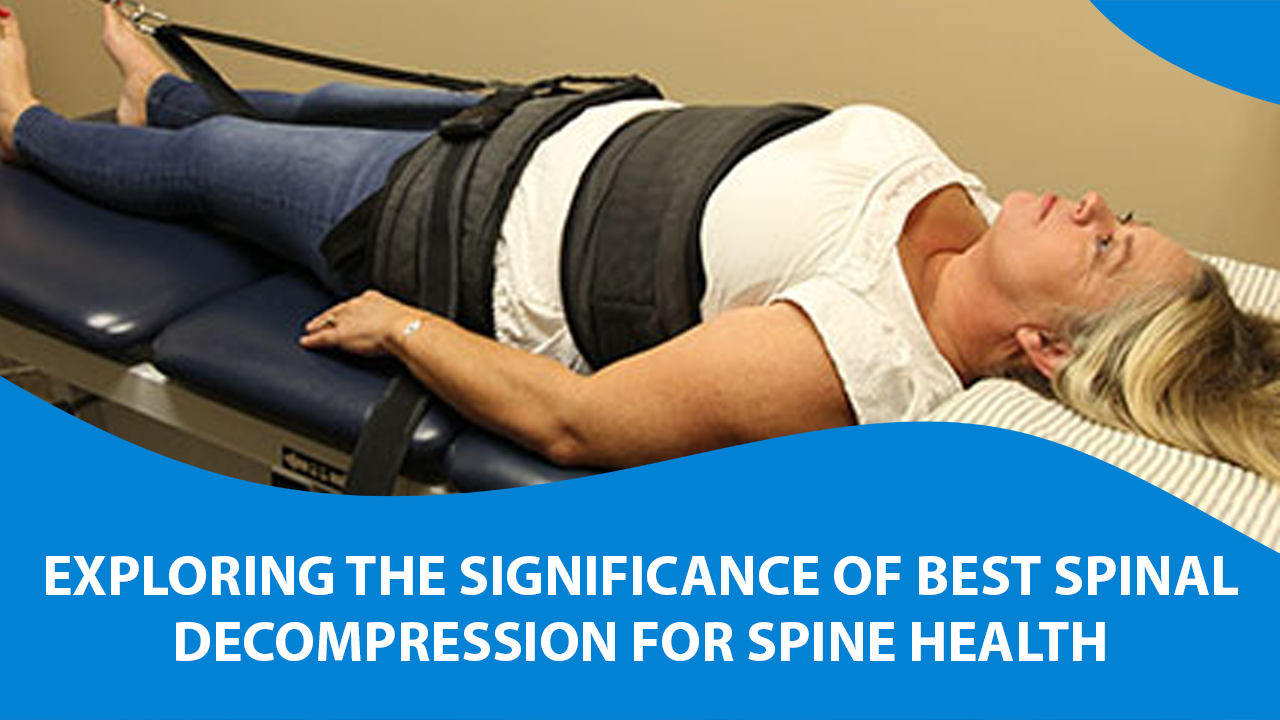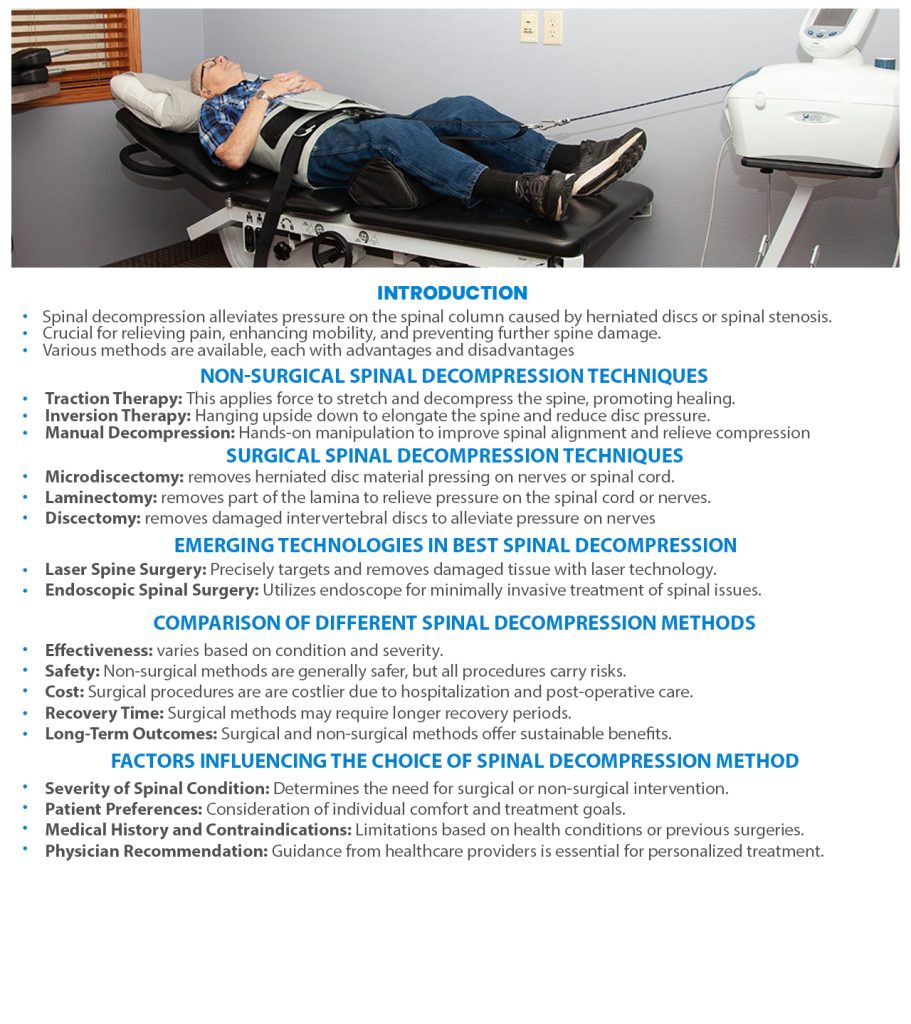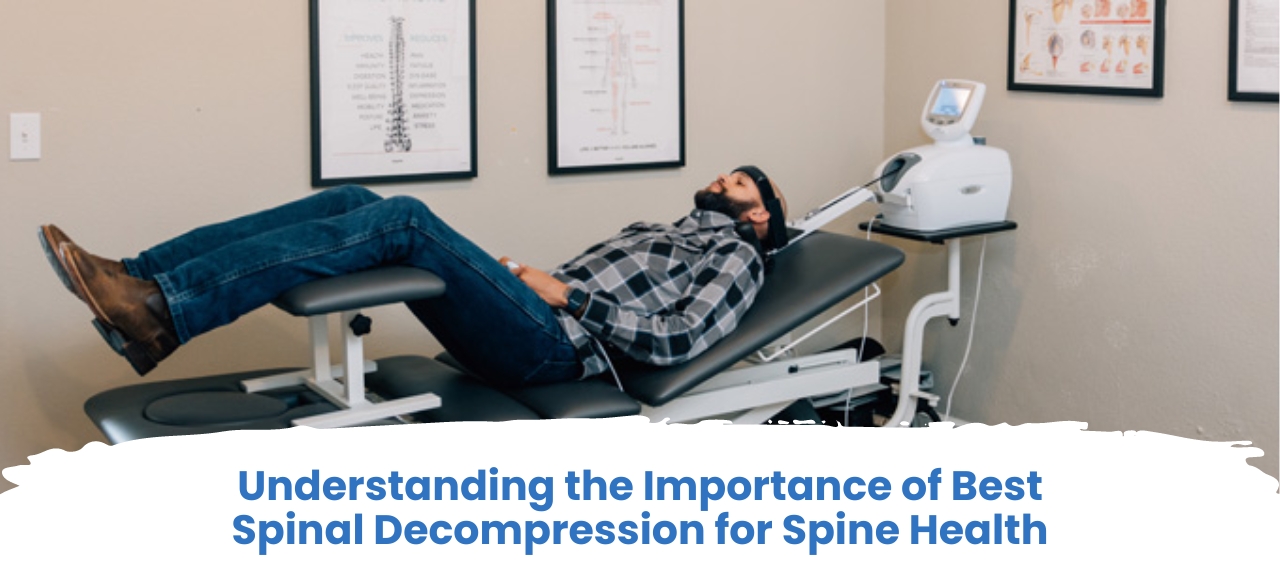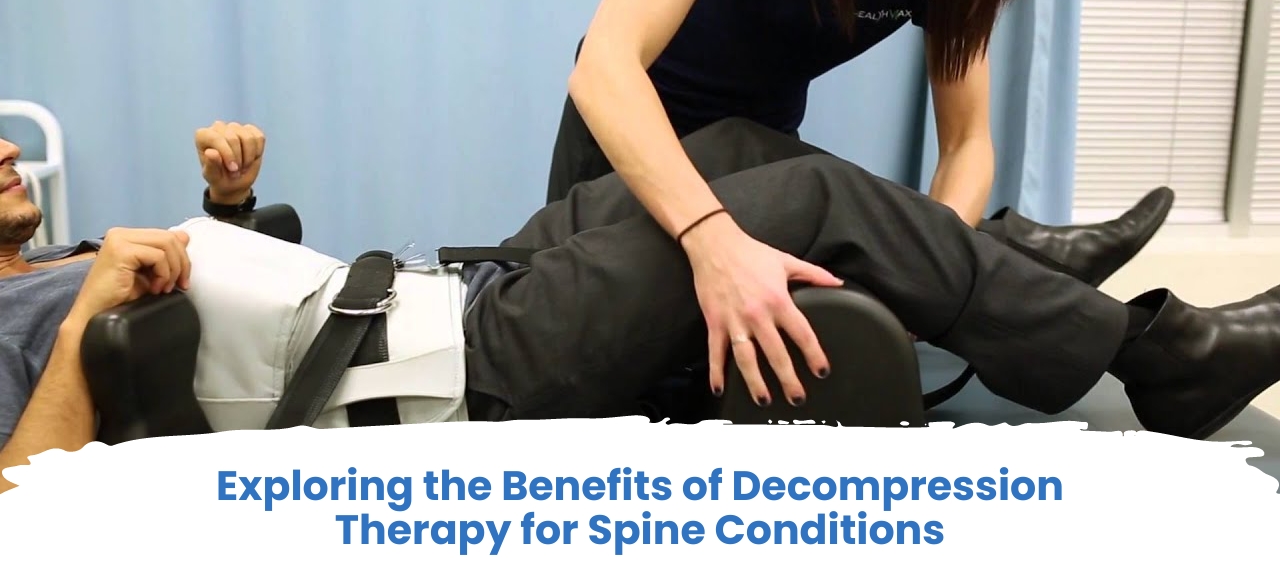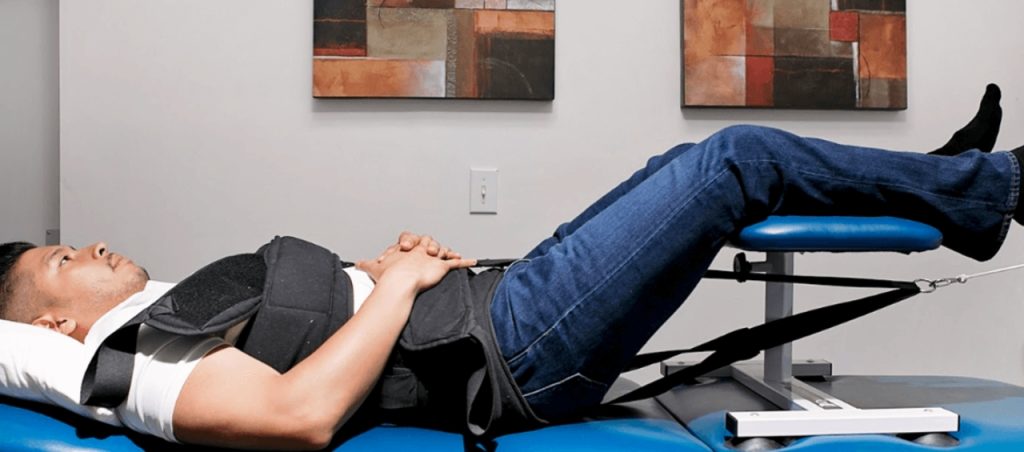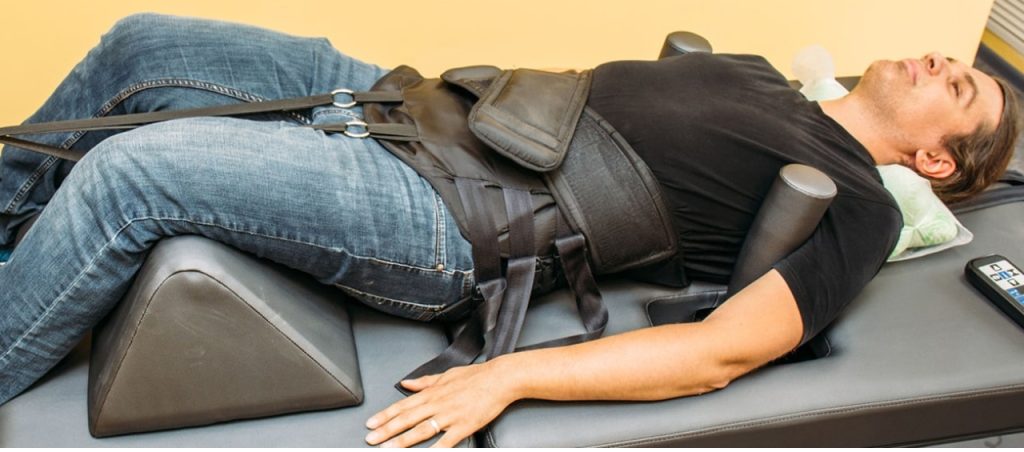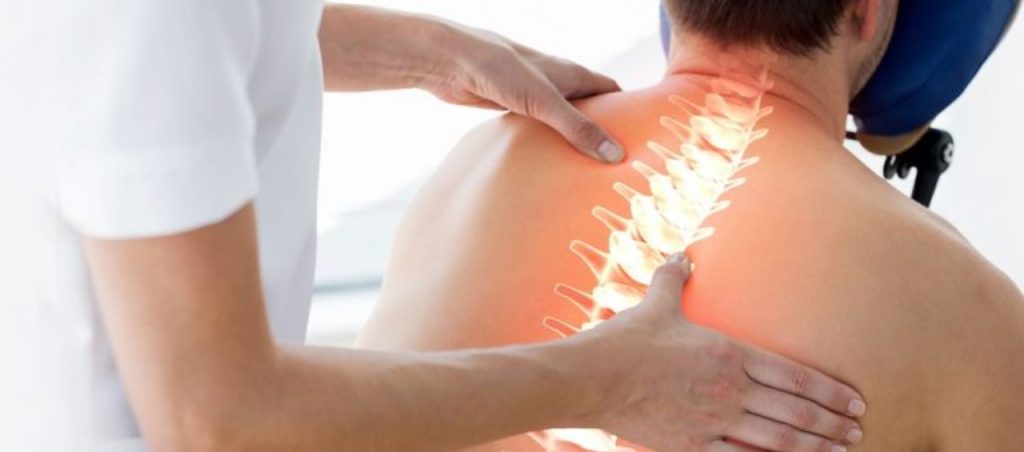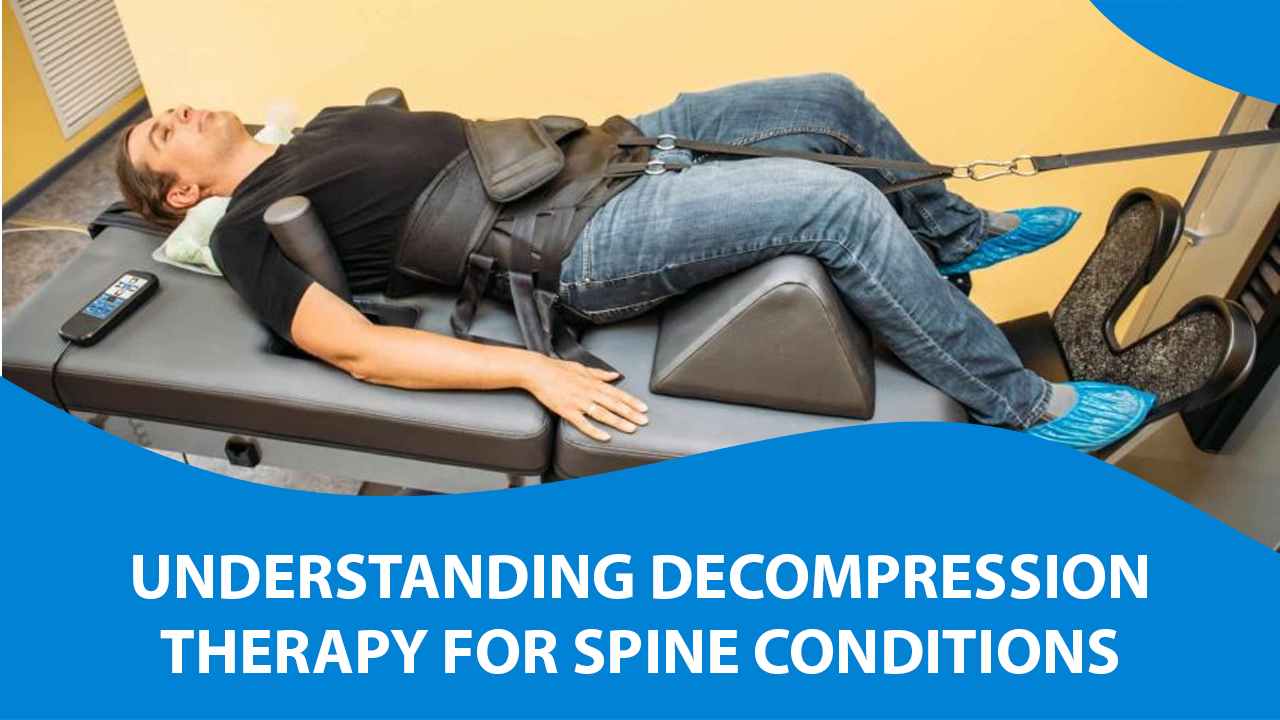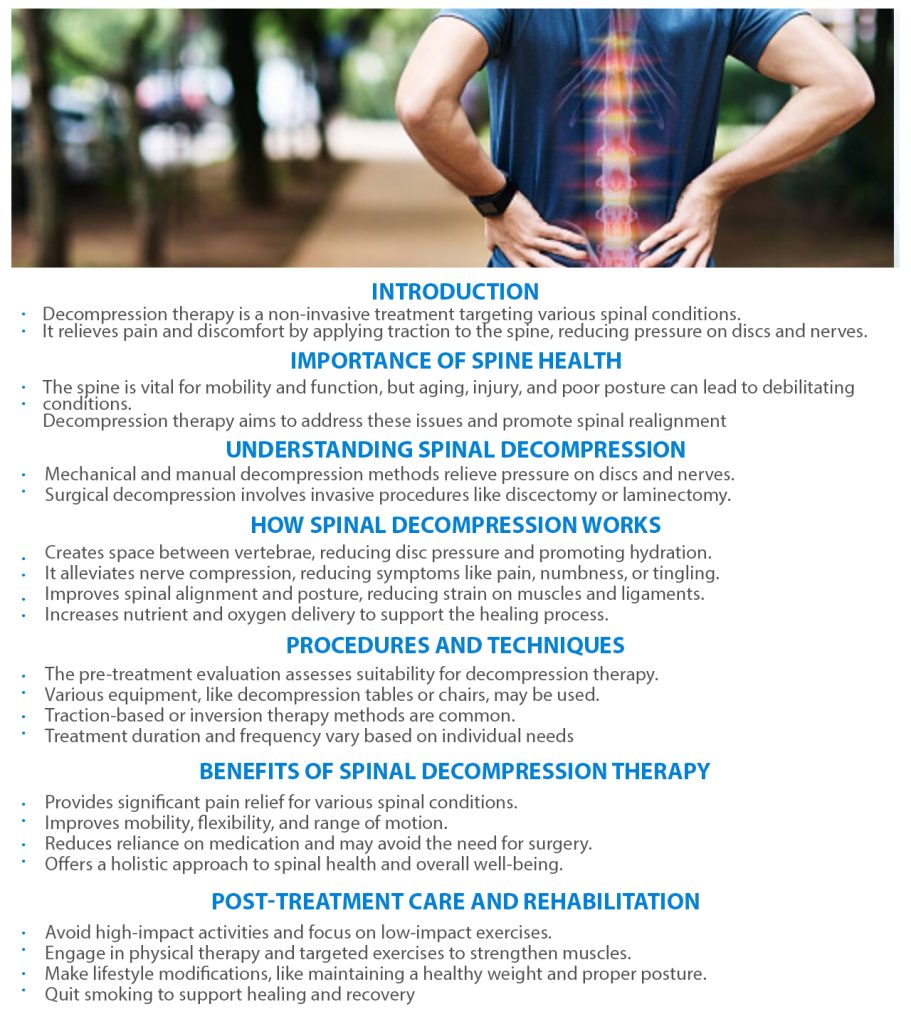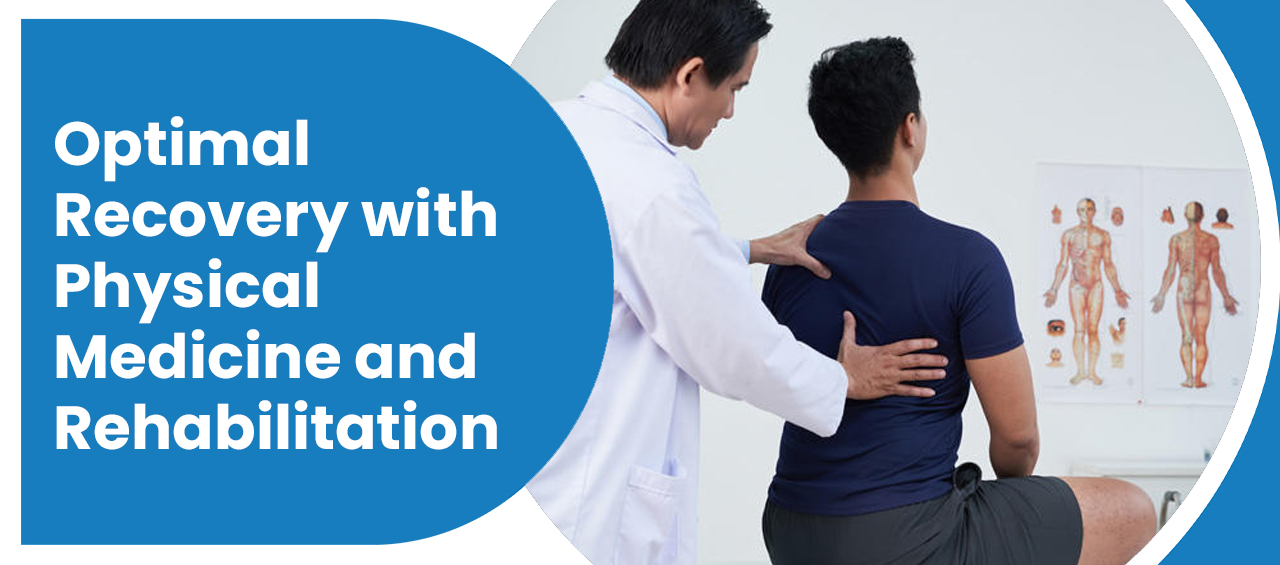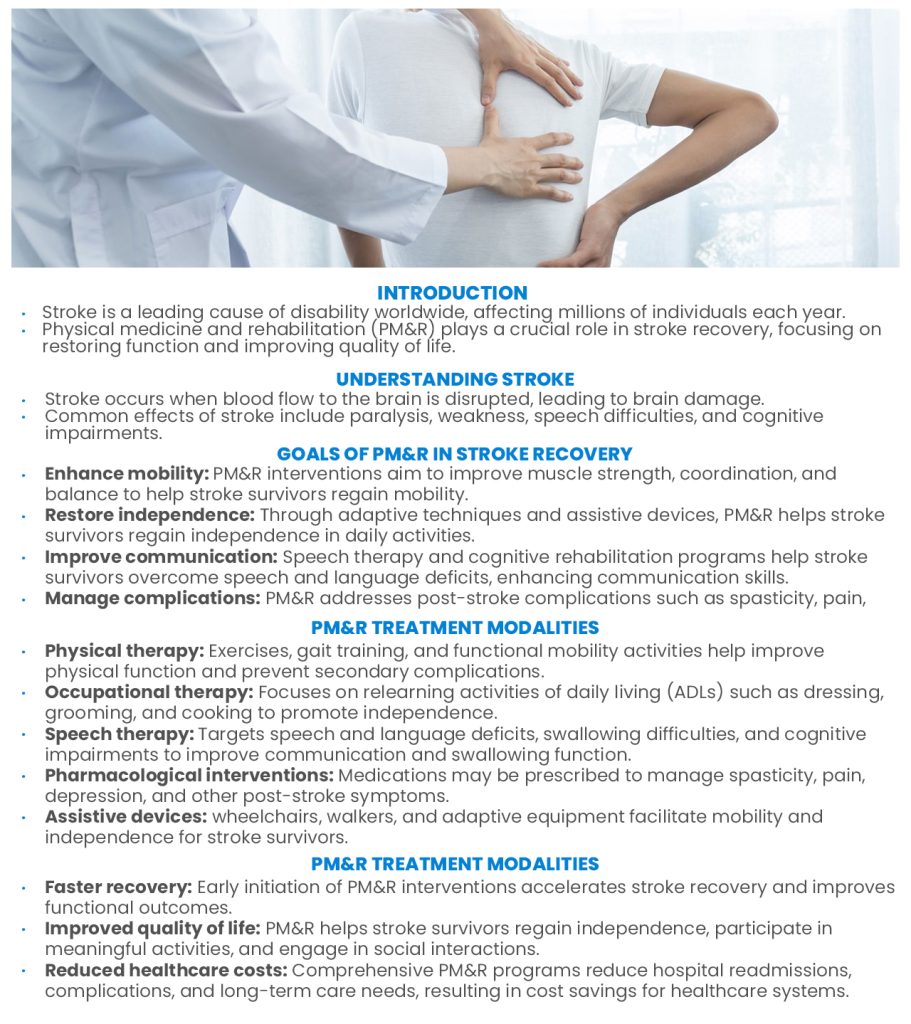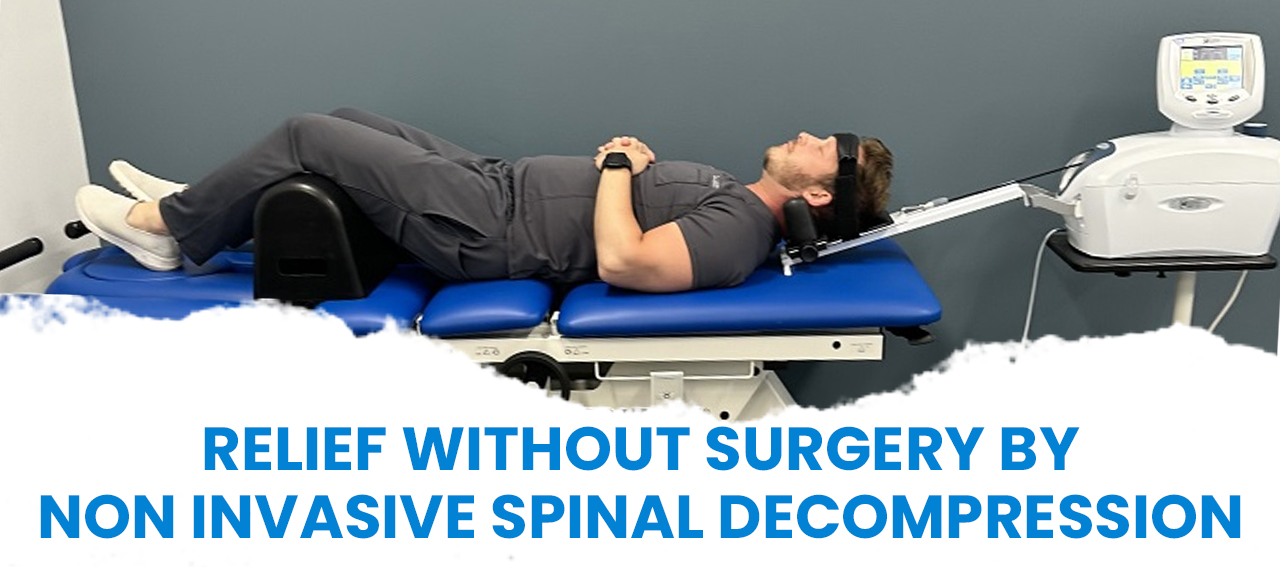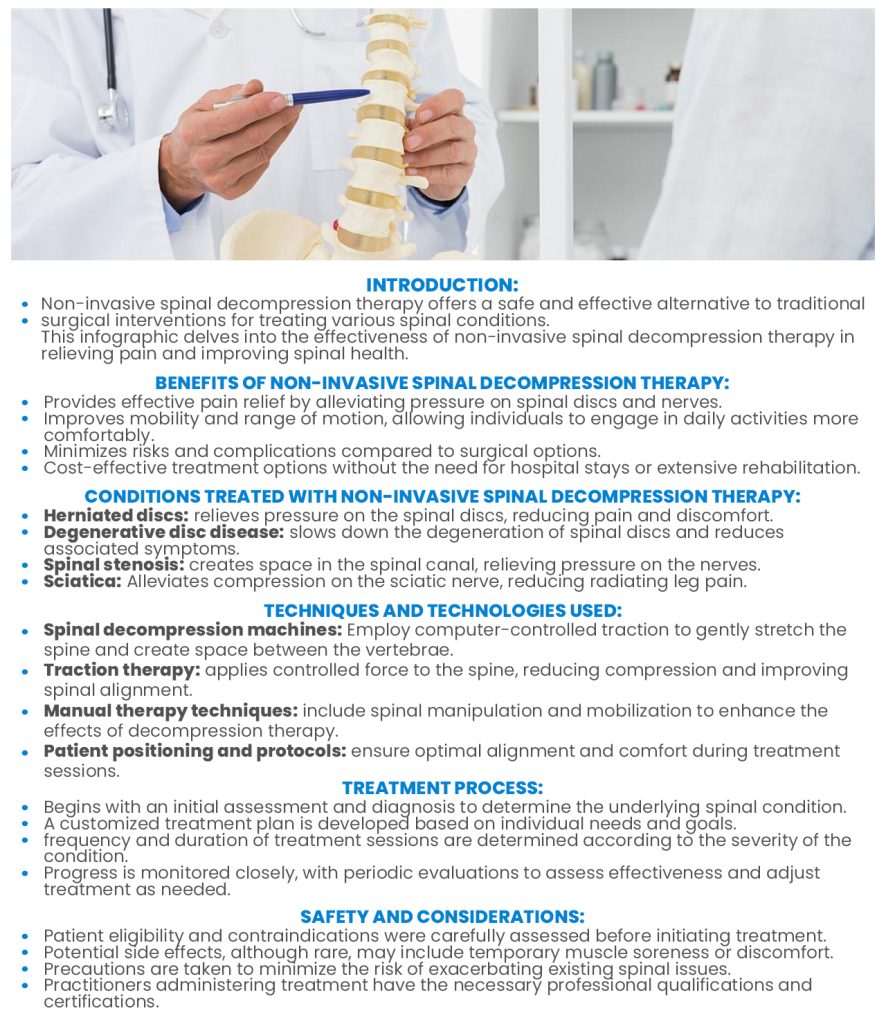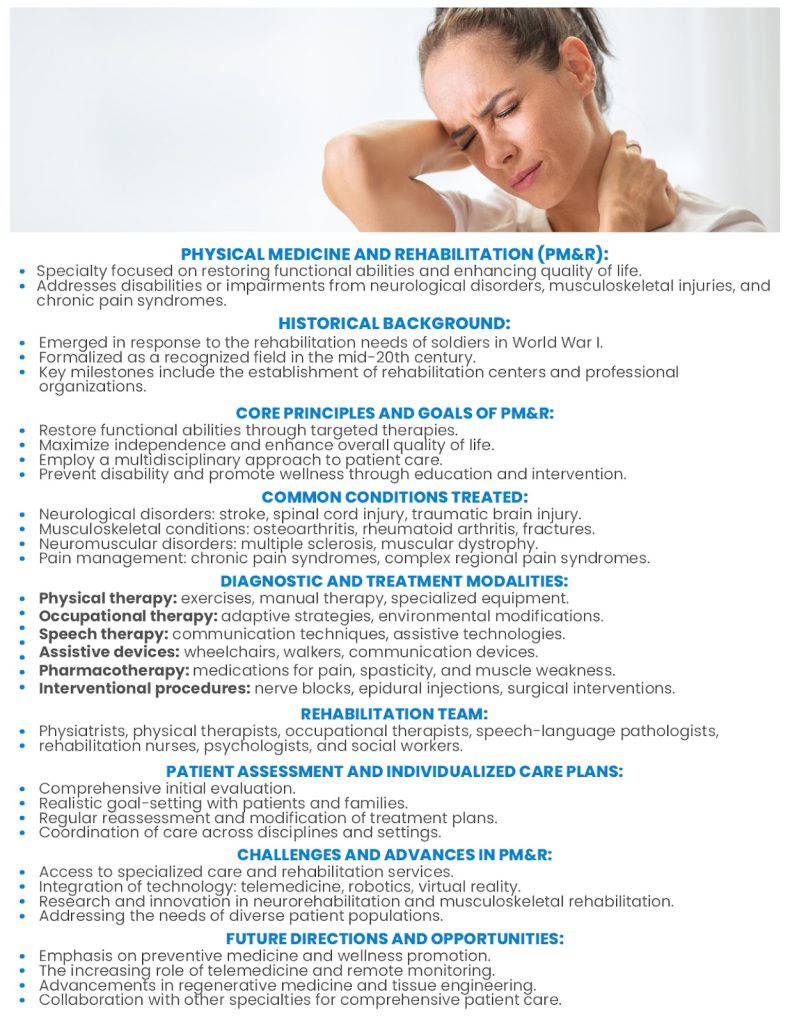Introduction
Lumbar disk herniation refers to a condition where the soft inner core of a spinal disk protrudes through the tough outer layer, often resulting in nerve compression and subsequent pain or weakness. The importance of treatment lies in alleviating symptoms, restoring functionality, and preventing long-term complications. Various treatment options exist, ranging from non-surgical approaches like rest, physical therapy, and medications such as NSAIDs and muscle relaxants, to more invasive interventions like surgical procedures like microdiscectomy and laminectomy.
For individuals seeking relief, exploring avenues such as disc compression therapy or locating specialized facilities for disc compression near them can be pivotal. Understanding the available treatment options can empower patients to make informed decisions about their care, tailored to their unique needs and preferences in navigating the complex realm of lumbar disk herniation management.
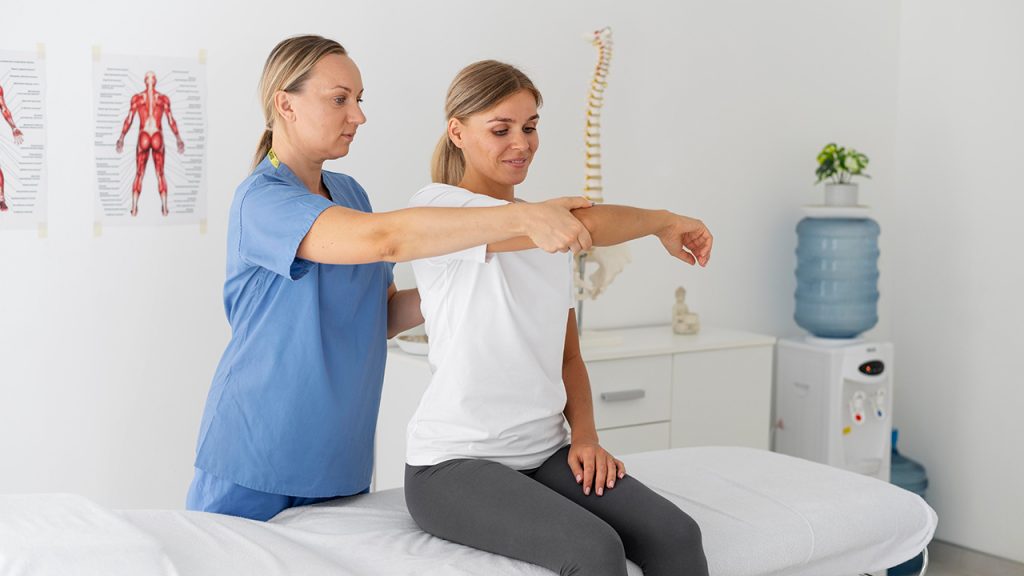
Non-Surgical Treatment Options
Rest and Activity Modification
Rest and modification of activities play a crucial role in alleviating symptoms of lumbar disk herniation. By avoiding strenuous activities and adopting positions that relieve pressure on the affected area, patients can facilitate healing and reduce discomfort. This approach often forms the foundation of non-surgical treatment plans.
Physical Therapy
Physical therapy is a cornerstone of non-surgical treatment for lumbar disk herniation. Through targeted exercises and techniques, physical therapists aim to strengthen supportive muscles, improve flexibility, and correct posture. This helps in relieving pain, enhancing mobility, and preventing future episodes of herniation.
Medications
Non Steroidal Anti-Inflammatory Drugs (NSAIDs)
- NSAIDs, such as ibuprofen and naproxen, are commonly prescribed to reduce inflammation and alleviate pain associated with lumbar disk herniation. By inhibiting prostaglandin production, NSAIDs offer relief from discomfort and facilitate recovery.
Muscle Relaxants
- Muscle relaxants are often prescribed to alleviate muscle spasms and tightness caused by lumbar disk herniation. By targeting the central nervous system, these medications help to reduce muscle tension and promote relaxation, thereby easing pain and improving mobility.
Oral Steroids
- Oral steroids, such as prednisone, may be prescribed to reduce inflammation and swelling around the affected disk. By suppressing the immune response and decreasing inflammation, oral steroids can provide short-term relief from symptoms of lumbar disk herniation.

Epidural Steroid Injections
Epidural steroid injections deliver corticosteroids directly into the epidural space around the spinal cord and affected nerve roots. By reducing inflammation and swelling, these injections can provide temporary pain relief and improve function in patients with lumbar disk herniation. They are often recommended when conservative treatments fail to provide adequate relief.
Surgical Treatment Options
Indications For Surgery
Surgery for lumbar disk herniation is typically considered when non-surgical treatments fail to alleviate symptoms or if there’s a significant neurological deficit, such as muscle weakness or loss of bladder control. It’s crucial to assess each case individually to determine the necessity of surgical intervention.
Types Of Surgical Procedures
Microdiscectomy
- Microdiscectomy involves removing a portion of the herniated disk to relieve pressure on the spinal nerves. This minimally invasive procedure aims to alleviate pain and restore function while preserving as much of the healthy disk tissue as possible. It’s often performed using small incisions and specialized instruments for precision.
Laminectomy
- Laminectomy is a procedure where a portion of the lamina, the bony arch of the vertebra, is removed to create space and disc compression therapy the affected nerve roots. This surgical option is particularly beneficial when there’s significant compression of the nerves due to herniated disk material or bone spurs.
Spinal Fusion
- Spinal fusion involves fusing two or more vertebrae together to stabilize the spine and prevent movement between them. This procedure may be recommended in cases where there’s instability or severe degeneration of the spine following disk herniation. It aims to provide long-term relief and improve spinal alignment.
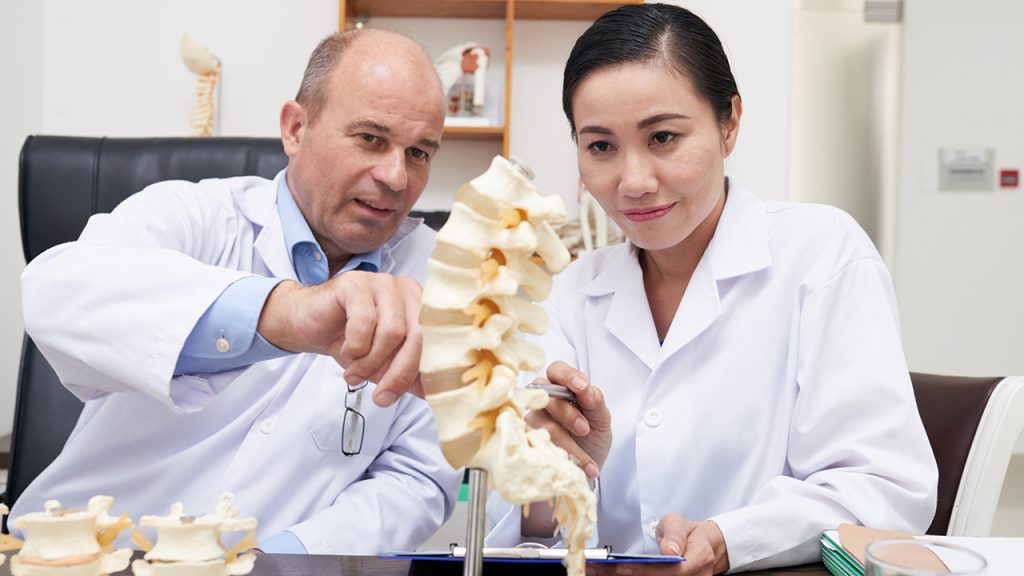
Risks And Benefits Of Disc Compression Therapy
While surgical intervention for lumbar disk herniation can offer significant relief from symptoms and improve quality of life, it also carries inherent risks. Potential risks include infection, bleeding, nerve damage, and complications associated with anesthesia. However, the benefits of surgery may outweigh these risks for individuals experiencing persistent and debilitating symptoms. It’s essential for patients to discuss the potential risks and benefits with their healthcare provider to make an informed decision tailored to their specific needs and circumstances.
Post-Treatment Care
Rehabilitation Exercises
- After lumbar disk herniation treatment, tailored rehabilitation exercises play a pivotal role in restoring strength and flexibility. Incorporating disc compression therapy can alleviate pain and improve mobility. Seek guidance from a physical therapist or search for “disc compression therapy near me” to access targeted exercises for optimal recovery.
Pain Management Strategies
- Effective pain management strategies are essential post-treatment. Utilize a combination of medications, including NSAIDs or muscle relaxants, to alleviate discomfort. Additionally, explore alternative therapies, such as disc compression therapy, to target pain directly at its source. Discuss pain management options with your healthcare provider for a tailored approach.
Follow-Up Appointments And Monitoring
- Regular follow-up appointments are crucial for monitoring progress and addressing any concerns post-treatment. During these appointments, your healthcare provider will assess recovery, adjust treatment plans if necessary, and discuss long-term management strategies. Stay proactive in your healthcare journey to ensure swift recovery and ongoing wellness.
Complications And Considerations
Complications of lumbar disk herniation treatment can include surgical risks like infection, bleeding, or nerve damage, especially with procedures like microdiscectomy or spinal fusion. Factors influencing treatment outcomes vary, including the severity of herniation, patient age, and overall health. Long-term management strategies often involve a combination of rehabilitation exercises, pain management, and periodic follow-up appointments to monitor progress and address any recurring symptoms. Additionally, disc compression therapy may be considered as a non-surgical option, with patients seeking options like disc compression therapy near me, to alleviate symptoms and improve mobility.
Emerging Trends And Research
In the realm of emerging trends and research in the treatment of lumbar disk herniation, advancements in surgical techniques and novel non-surgical treatments are swiftly evolving. Surgeons are continuously refining minimally invasive procedures, such as disc compression therapy near me , to unlock more tailored and elegant solutions for patients. Meanwhile, researchers are delving into the nuances of disc compression therapy to uncover its efficacy and potential benefits, enhancing our understanding of its role in managing lumbar disk herniation. Additionally, ongoing studies are meticulously exploring the intricate details of various treatment modalities, both surgical and non-surgical, aiming to supercharge patient outcomes and empower healthcare providers to navigate the digital landscape of spinal care more effectively.

Conclusion
In conclusion, the treatment of lumbar disk herniation necessitates a comprehensive approach tailored to each individual’s needs. Summarizing the key points, both non-surgical and surgical options exist, with non-surgical treatments encompassing rest, physical therapy, medications such as NSAIDs and muscle relaxants, and epidural steroid injections. Surgical interventions like microdiscectomy or spinal fusion may be warranted in certain cases. Moving forward, future directions in treatment may include advancements in surgical techniques like disc compression therapy or disc decompression, ensuring swift and robust recovery. It’s imperative to emphasize the significance of individualized treatment plans to address the nuances of each patient’s condition effectively.
Experience relief with South Texas Spine And Joint Institute’s disc compression therapy near me. Take the first step towards a pain-free life. Contact us today for personalized treatment and care.
